Shuvalov Award for Young Researchers
|
Established in 1993 it is granted to younger faculty members for the scholarly potential they demonstrated. The young researchers must have completed their PhD and their monographs, books or a doctorate thesis may serve ground for the award.
|
Laureates of Shuvalov Award for Young Researchers' (2017)
|
First-Order Prize:
|
|
|
Denis Ilyutko |
Igor Nikonov |
|
For the cycle of works «Diagrammatic Approach in the Theory of Forks and Its Applications to the Theory of Graphs». It deals with one of the most promising and quickly developing branch of mathematics: theory of forks and ways of its applications. The main goal of the fork theory was to classify forks and to provide an updated definition of the phenomenon
|
|
|
Second-Order Prize:
|
|
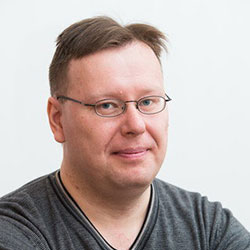 Aleksey Oreshko The doctoral thesis «Anisotropic Effects in Resonance Diffraction of Synchrotron Emission» by A.Oreshko studies new effects that appear by resonant diffraction interaction between X-ray wavelength bands and crystals. The discoveries can be applied in studying electronic and phononic properties of materials. |
Maria Khrenova The doctoral thesis «Interpreting and Forecasting Characteristics of Protein Systems Using Supercomputer Molecular Modeling» focuses on interpreting experimental data and forecasting the emergence of new systems with the required characteristics. The research is promising and is of great practical importance for biomedicine and biotechnology. The obtained results allow to interpret the already established experimental data in the field as well as to create new systems with the required set of properties. |
Laureates of Shuvalov Award for Young Researchers' (2016)
|
First-Order Prize:
|
Second-Order Prize:
|
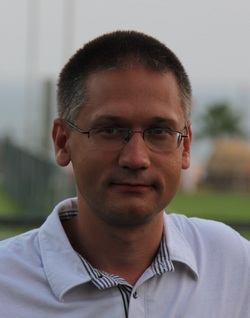
Oleg Shestakov
(Faculty of Computational Mathematics and Cybernetics)
for a doctorate thesis “Probabilistic and statistical methods of analysing and processing the signals in inverting the integral Rodon-type transformations”
|

Dmitry Shustov
(Faculty of Law)
for a series of publications “Theory of constitutional law and comparative constitutional law”
|
|
Sci-spots
Human beings and killer whales turned out to have a very interesting phenomenon in common: dialects. The killer news: these black and white sea creatures are able to communicate with each other and, moreover, they could recognize which region or lineage their interlocutor comes from!
Killer whales possess culturally transmitted dialects. This means they learn ‘a language’ (vocalizations) through ‘talking’ to each other.
The investigation revealed that neither phylogeny of dialects nor similarity of syllables correlated to associations between matrilineal units, but similarity of syllables appeared to correlate to phylogeny of dialects for four of the six syllables analysed. In other words, the complexity and fluidity of social ties between matrilineal units and the variation in cultural transmission patterns produce a complex relationship between the social network and the socially transmitted dialects.
|
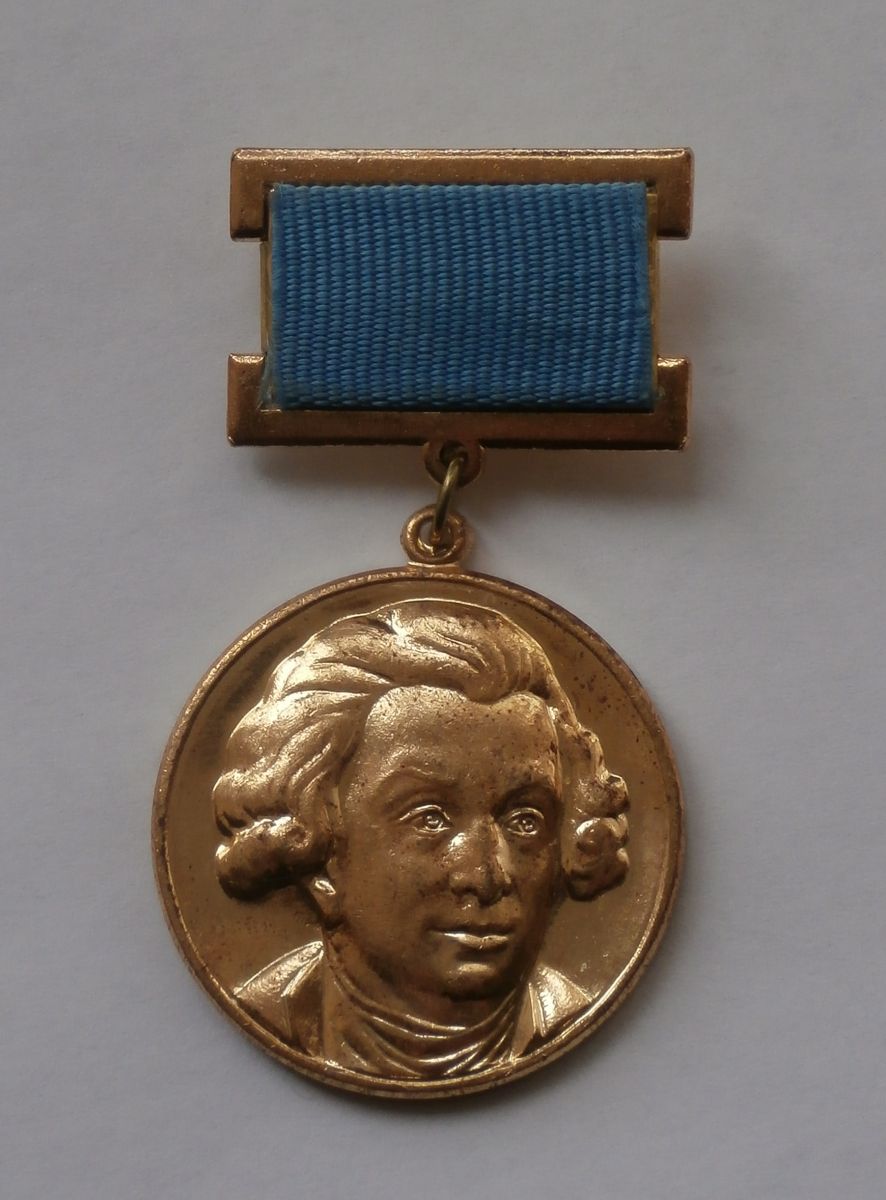

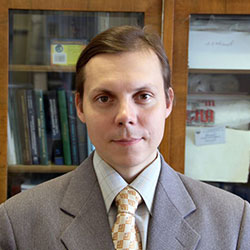
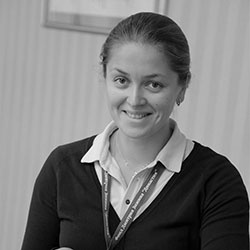
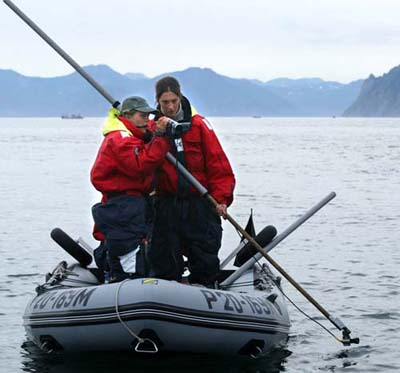 In 2015 Shuvalov Award for Young Researchers was given to Olga Filatova for her doctoral thesis “Evolution of killer whales’ dialects in the North Pacific”.
In 2015 Shuvalov Award for Young Researchers was given to Olga Filatova for her doctoral thesis “Evolution of killer whales’ dialects in the North Pacific”.